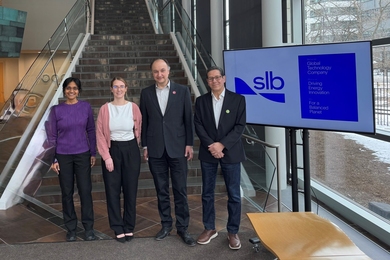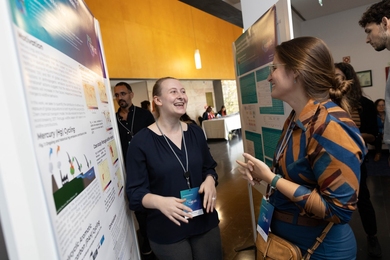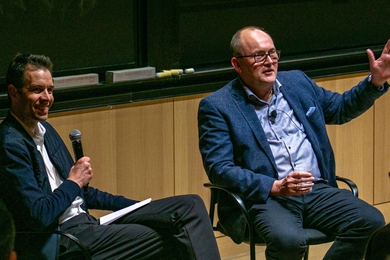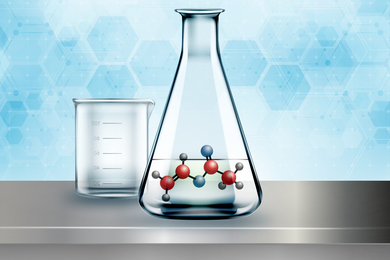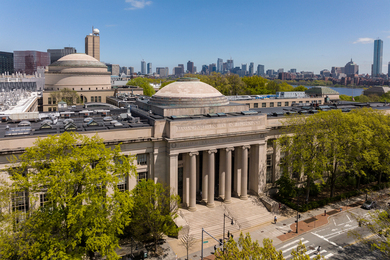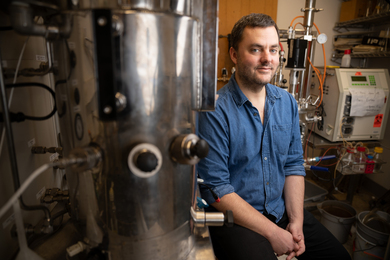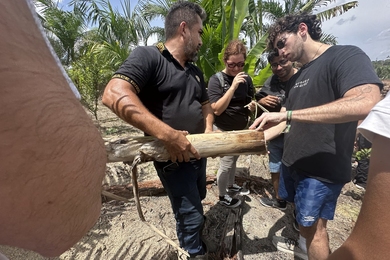The MIT-Portugal Program enters Phase 4
New phase will support continued exploration of ideas and solutions in fields ranging from AI to nanotech to climate — with emphasis on educational exchanges and entrepreneurship.
Norma Kamali is transforming the future of fashion with AI
The renowned designer embraces generative AI to preserve and propel her legacy.
Workshop explores new advanced materials for a growing world
Speakers described challenges and potential solutions for producing materials to meet demands associated with data centers, infrastructure, and other technology.
Using liquid air for grid-scale energy storage
New research finds liquid air energy storage could be the lowest-cost option for ensuring a continuous power supply on a future grid dominated by carbon-free but intermittent sources of electricity.
MIT students advance solutions for water and food with the help of J-WAFS
J-WAFS marks 10 years of supporting student engagement through grants, fellowships, events, mentorship, and funding for clubs.
Study: Burning heavy fuel oil with scrubbers is the best available option for bulk maritime shipping
Researchers analyzed the full lifecycle of several fuel options and found this approach has a comparable environmental impact, overall, to burning low-sulfur fuels.
Carsten Rasmussen, Lego Group COO, discusses the production network that enables the builders of tomorrow
Speaking at MIT, Rasmussen detailed the company’s manufacturing footprint, and the importance of balancing innovation, cost efficiency, and sustainability.
Taking the “training wheels” off clean energy
At the 2025 MIT Energy Conference, energy leaders from around the world discussed how to make green technologies competitive with fossil fuels.
Surprise discovery could lead to improved catalysts for industrial reactions
Upending a long-held supposition, MIT researchers find a common catalyst works by cycling between two different forms.
Collaboration between MIT and GE Vernova aims to develop and scale sustainable energy systems
The MIT-GE Vernova Energy and Climate Alliance includes research, education, and career opportunities across the Institute.
Technology developed by MIT engineers makes pesticides stick to plant leaves
With the new system, farmers could significantly cut their use of pesticides and fertilizers, saving money and reducing runoff.
Drawing inspiration from ancient chemical reactions
By studying cellular enzymes that perform difficult reactions, MIT chemist Dan Suess hopes to find new solutions to global energy challenges.
A collaboration across continents to solve a plastics problem
MIT students travel to the Amazon, working with locals to address the plastics sustainability crisis.
Making solar projects cheaper and faster with portable factories
Charge Robotics, founded by MIT alumni, has created a system that automatically assembles and installs completed sections of large solar farms.
